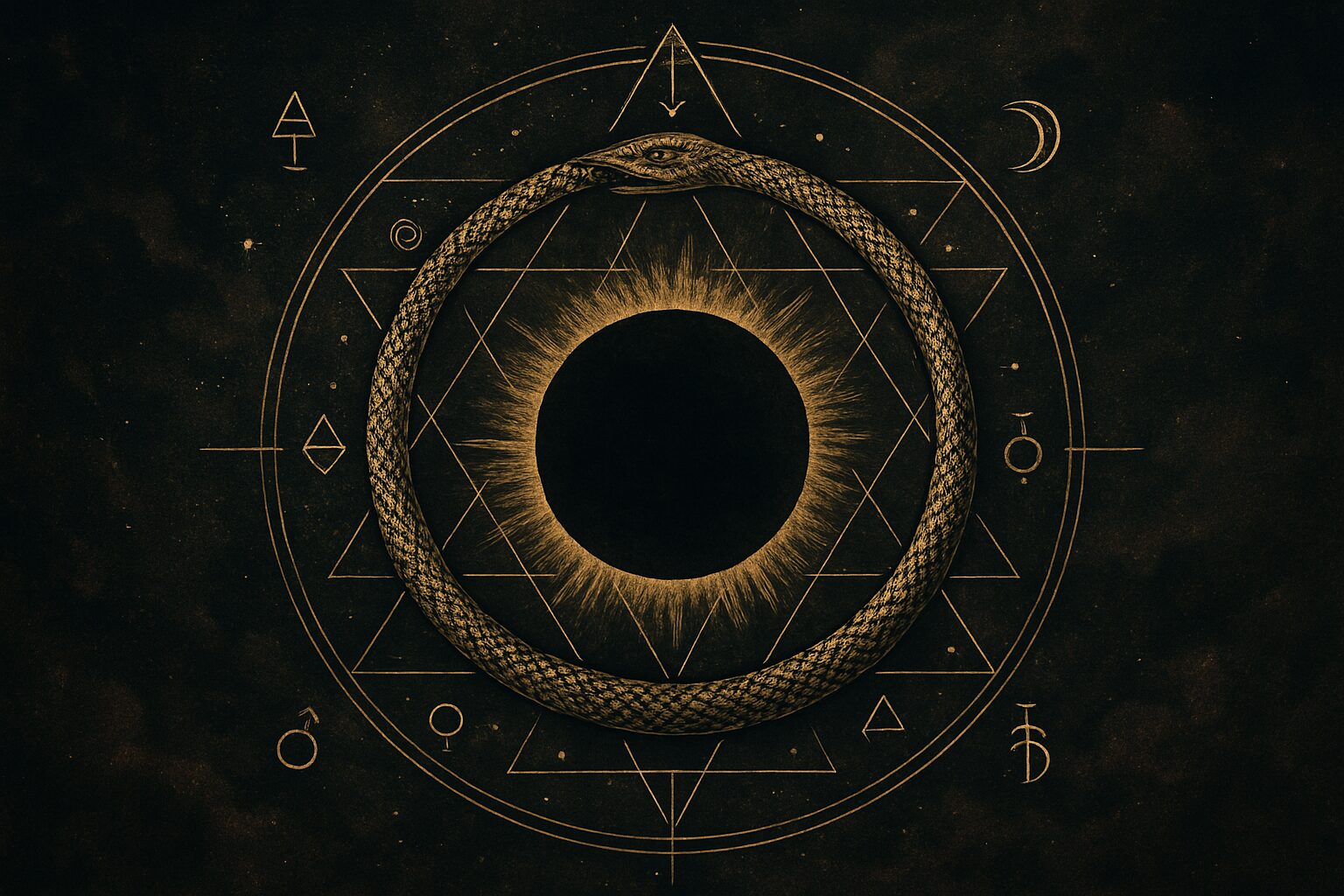“Form is emptiness, emptiness is form.”
— Heart Sutra
Emptiness. To the untrained ear, it sounds like void, nihilism, despair. But to the mystic, the monk, the alchemist—it is the most fertile of concepts. A secret fire. A crucible. A Philosopher’s Stone hidden in plain sight.
What unites Eastern and Western esoteric traditions is not dogma, but transformation. And in both, emptiness is not nothingness—it is possibility.
Sunyata and Sulphur
In Mahayana Buddhism, śūnyatā (emptiness) is the nature of all things. Nothing possesses an independent, permanent self. All arises in interbeing, like waves on water. This emptiness is not bleak—it is luminous, free, and endlessly open.
“When you realize the emptiness of all phenomena, the heart opens like a lotus in fire.”
— Chögyam Trungpa
In the West, alchemists sought transmutation: not just of lead into gold, but of the soul from dross to divinity. The first stage of this process was nigredo, the blackening—when the ego dissolves and the soul confronts its void.
In this sacred blackness, we find a shared insight:
Emptiness is not the absence of meaning.
It is the space in which meaning is forged.
Vajra and Vitriol
The Vajra in Tibetan Buddhism represents indestructible clarity—thunderbolt mind, diamond awareness. It cuts through illusion, revealing what is. It is emptiness—not weak and passive, but razor-sharp and alive.
Similarly, alchemists inscribed “Visita Interiora Terrae Rectificando Invenies Occultum Lapidem” (V.I.T.R.I.O.L.)—”Visit the interior of the earth, and by rectifying, you will find the hidden stone.” This descent into one’s own depths mirrors the meditative journey through mental constructs to the unformed root.
Both the Vajra and the Stone are discovered through emptiness—but a disciplined, luminous, inner emptiness.
“The Stone is everywhere… but to find it, you must go nowhere.”
— Anonymous Hermetic Fragment
Emptiness as Engine
In our world of endless distractions, to be empty is radical. Silence, stillness, withdrawal—they are taboos in the marketplace of identity.
But emptiness is an engine. The Zen call it beginner’s mind. The alchemists called it prima materia. The Gnostics called it the Pleroma.
“I am a hole in a flute that the Christ’s breath moves through—listen to this music.”
— Hafiz
To empty yourself is not to vanish. It is to make space for the Real to enter.
The Golden Thread
Every mystic, every serious seeker, eventually stumbles upon this paradox: that fullness comes from emptiness, and light from silence. Not by accumulation, but by dissolution.
In this way, the Philosopher’s Stone and the Vajra Mind are the same truth, told in two tongues. East and West, gold and void, thunderbolt and ash.
You don’t need to choose one.
You need to go inward enough to hold both.

